Every Muay Thai fighter will eventually face opponents who present unique challenges based on size, style, and temperament. Two particularly difficult matchups are the smaller opponent and the aggressive opponent. Each one requires a different set of strategies and must be addressed appropriately. In today’s article, we will discuss how to fight against smaller and aggressive opponents in Muay Thai.
Understanding The Smaller Opponent
A smaller opponent often comes with certain natural advantages. They tend to be quicker, harder to hit cleanly, and more difficult to control in the clinch if they stay low and active. Their smaller frame makes them elusive targets, and they often rely on speed and movement to create opportunities.
When facing a shorter or lighter fighter, range becomes your best friend. Your jab, teep, and long kicks should all be used to keep them at a distance. You want to control the space between you and make it uncomfortable for them to enter striking range.
Tall fighters often make the mistake of lowering themselves to the level of their shorter opponent, especially in the clinch. Instead, you should use your height and posture to keep them off balance. Maintain a strong, upright clinch and use knees to sap their energy and take away their movement. If you control the distance, you control the fight.
Dealing With Aggressive Opponents
Aggressive opponents often rely on pressure, volume, and intensity to overwhelm you. They’ll march forward, throw combinations, and try to get you to fight at their pace. The problem isn’t necessarily their technique, it’s their non-stop forward motion.
Against aggression, the most important thing is composure. Aggressive fighters thrive when you get rattled. They want to drag you into a brawl where timing and control go out the window. They win the mental game when you start exchanging wildly or backpedaling without purpose.
To deal with aggression, you need to stay calm and stick to your game plan. Use footwork to create angles, not just to escape. Instead of backing straight up, step to the side or pivot. Give yourself space, but also stay ready to counter. The teep, elbow, and well-timed roundhouse kick are perfect tools to stop a charging opponent in their tracks.
Aggressive fighters often leave openings when they overcommit. Look for moments where they drop their guard during combinations or lean in too heavily. A short elbow or a step-back knee can completely shift momentum and make them think twice about charging in again.
Facing A Smaller And Aggressive Opponent
When you find yourself matched with someone who is both smaller and aggressive, things get more complicated. They’re fast, hard to hit, and constantly coming forward. These fighters are often fearless and look to smother taller opponents with pressure, speed, and volume.
The first thing you need to do is set the tone early. Don’t let them dictate the pace. Use your jab and teep to establish distance right away. Let them know that every time they rush in, they’ll be met with something stiff. Even if your shots don’t land clean at first, they send a message: you won’t be an easy target. Focus on timing, not volume. Trying to outwork an aggressive, smaller fighter usually plays into their strengths. Instead, be patient and precise. Let them come forward and walk into your weapons. Counter when they expose themselves, and always reset your stance quickly.
In the clinch, take control. Don’t let them duck under or get inside your space. Use your height to lock them down and land strong knees. If they’re quick and slippery, work on clinch entries that off-balance them first. Break their rhythm and force them to slow down.
Using Footwork And Angles
Against either a smaller or aggressive opponent, footwork is your silent weapon. It’s not just about avoiding strikes; it’s about creating opportunities. Small shifts in angle can put you in a position to land strikes while making your opponent miss.
If your opponent is pressuring you, step off to the side and pivot rather than backing straight up. If they’re bouncing in and out, adjust your stance and timing to make them hesitate. Footwork buys you time, resets the pace, and helps you control the rhythm of the fight.
The Mental Game And Adapting
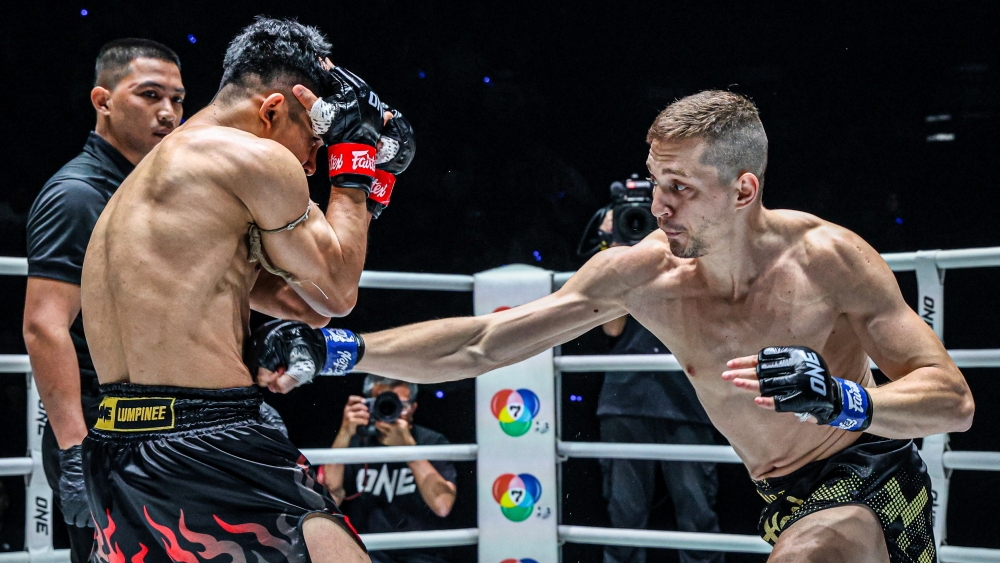
Always remember to adjust and adapt accordingly, because as your opponent changes their approach, your strategy should evolve with it.
One of the biggest challenges when fighting a smaller or aggressive opponent is staying mentally disciplined. It’s easy to get frustrated when your shots miss or when they keep charging forward. But frustration leads to mistakes. Stay calm. Keep breathing. Trust your training. If you get tagged, don’t panic. Reset and go back to your basics: jab, teep, move. Let them be the ones to make the first mistake.
Remember, many aggressive fighters start strong but fade later in the fight. If you can stay composed and technical, you’ll often find your best opportunities in the later rounds when they’ve spent more energy.
No strategy survives the first round unchanged. Pay attention to how your opponent is responding. Perhaps you started with long-range tools but now see that your clinch is more effective. Maybe you’ve noticed they dip their head during combinations – perfect for a timed knee. Stay alert and make adjustments based on what’s in front of you.
Conclusion
Fighting smaller and aggressive opponents in Muay Thai can really test your patience and composure. They come at you fast, keep the pressure on, and make it hard to settle into your rhythm. But if you stay calm, stick to your game plan, and trust your tools, you’ll start to see openings and take control. With the right mindset, even the most relentless opponent becomes manageable.
You may also like:
4 Basic Switch-Hitting Combinations For Muay Thai
Head shots lead to some of the most amazing finishes in combat sports such as Boxing, Muay Thai, or Mixed Martial Arts, but body shots accomplish the same goal in a subtler way. A well-executed…
Have you ever watched the fight winner declared and thought, “Wait… how did they win that?” Welcome to the sneaky, strategic, and often misunderstood world of stealing rounds. It’s not cheating. It’s not luck. It’s…
In any striking-based martial arts such as Muay Thai, switch-hitting is a difficult skill but a tremendously valuable one to learn. Seamlessly changing your stance midway through a round completely changes the dynamic of a…
In Muay Thai, kicks are some of the most powerful and effective weapons. A well-timed roundhouse can break rhythm, score points, or end a fight. But kicks also come with risk. When you throw a…
Fear is a natural part of competition, especially in combat sports like Brazilian Jiu-Jitsu (BJJ), Muay Thai, boxing, and mixed martial arts (MMA). Whether you’re a first-time white belt entering your local tournament or a…
Everyone has a natural fighting style. Some instinctively look to bombard opponents with volume, while others prefer a more cautious approach. Some people feel more comfortable throwing strikes at attackers, while others prefer to wrestle…
Boxing is a sport where fighters develop not only physical skills but also distinct personalities and philosophies in the ring. Over time, certain approaches to fighting have become so recognizable that they’re referred to as…
Your child might be getting bullied if their lunch money often ends up missing, their clothes are torn, or they’re starting to come up with creative lists of excuses to skip school. Bullying is never…
BJJ is known for its complex ground game, but every match begins on the feet. Whether you’re competing in the Gi or No-Gi, your ability to control and pass the guard sets the tone for…
Generally speaking, every major martial art starts with standing up. Whether you’re a striking-based martial artist competing in Muay Thai or Boxing, or a grappler training in BJJ or wrestling, learning how to engage in…
You’ve probably seen Floyd Mayweather slip punches in a boxing match like he’s Neo in the Matrix as he hands out boxing clinics. The Philly shell is the foundation of Mayweather’s airtight defense, rarely leaving…
Recently, many Brazilian Jiu-Jitsu grappling stars have made the move to showcase their talent on the ONE Championship global stage. One of the most exciting new acquisitions is Diogo Reis, joining the ranks of Marcelo…


![[WATCH] Virat Kohli opens up on fondness for Chinnaswamy Stadium](https://lbsports88.com/wp-content/uploads/2025/11/watch-virat-kohli-opens-up-on-fondness-for-chinnaswamy-stadium-360x180.jpg)



![[WATCH] IND vs SA 2025: Rishabh Pant vents frustration at Kuldeep Yadav for slow over-rate warning](https://lbsports88.com/wp-content/uploads/2025/11/watch-ind-vs-sa-2025-rishabh-pant-vents-frustration-at-kuldeep-yadav-for-slow-over-rate-warning-360x180.jpg)

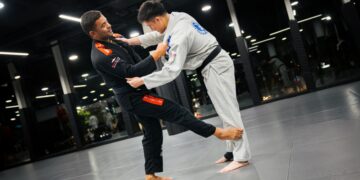
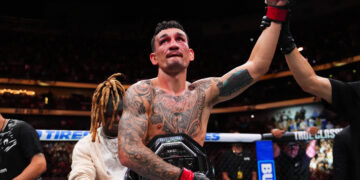

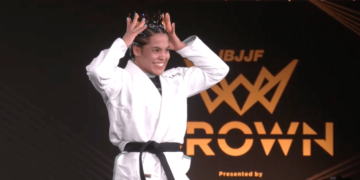
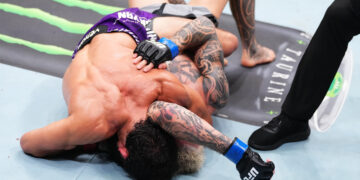


















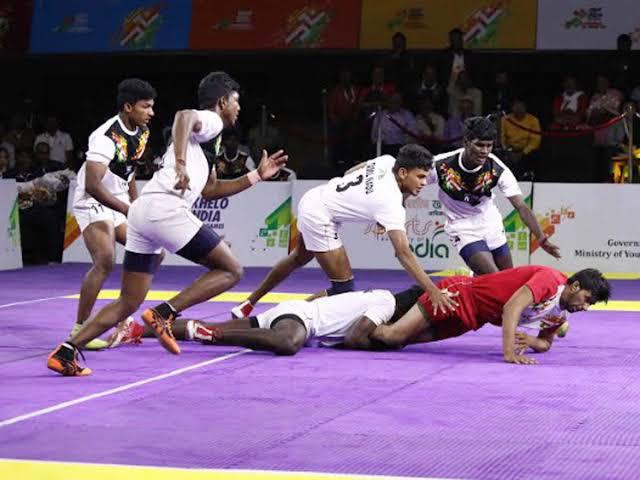
![[WATCH] Virat Kohli opens up on fondness for Chinnaswamy Stadium](https://lbsports88.com/wp-content/uploads/2025/11/watch-virat-kohli-opens-up-on-fondness-for-chinnaswamy-stadium-120x86.jpg)



![[WATCH] Virat Kohli opens up on fondness for Chinnaswamy Stadium](https://lbsports88.com/wp-content/uploads/2025/11/watch-virat-kohli-opens-up-on-fondness-for-chinnaswamy-stadium-350x250.jpg)